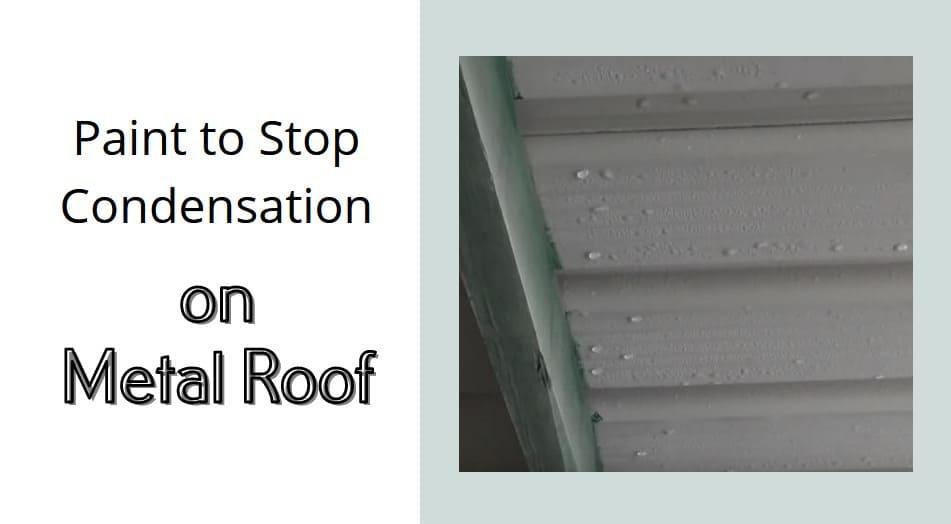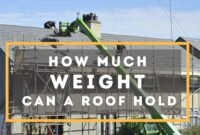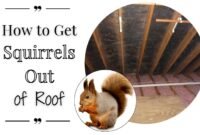If you’ve noticed dripping water or layers of moisture on the underside of your metal roof, condensation is likely the issue. Using paint to stop condensation on metal roofs can be an effective solution. Condensation typically occurs when the air temperature drops to the dew point or the air becomes excessively saturated with water vapor.
Working on metal roofing for years, I’ve seen firsthand how condensation can lead to significant roofing issues. One client, for example, faced extensive rust damage within just a few years because of persistent condensation. Addressing it early can prevent such costly repairs.
Condensation under Metal Roofing
Condensation happens due to two causes: the temperature of surrounding air drops to the dew point, or the air becomes excessively saturated with water vapor that cannot be held anymore. This is not a rare situation on metal roofing, but overlooking the problem can cause costly damage to the roofing structure and the occupants underneath.
How Condensation Occurs
Condensation on metal surfaces like steel roofing sheets is simple to explain. Warm, moist air rises and strikes a surface with a colder surface temperature, like a metal roof. This cold surface can’t hold much moisture, leading to condensation and the formation of water droplets.
This issue can worsen at night when outdoor temperatures drop, creating a breeding ground for problems.

The surface of your metal roof is likely much lower than the surrounding air inside the property. This creates a supportive environment for excessive moisture to build up, particularly at night when the temperature outside is even lower.
Condensation on Metal garage roof condensation may cause a range of structural issues, such as:
- Corrosion: Frequent moisture exposure will cause metal roofing sheets to rust, resulting in a weakened roofing system.
- Mold or mildew: Both are unpleasant to see, but they can have massive negative impacts on the roof structure beyond being hurtful to the eyes. Moreover, they may cause extremely unpleasant odors and carry risks of various health issues.
- Insulation issues: Condensation may damage the insulation materials, lowering their functionality, performance, and quality.
- Infestation: Humidity brings an ideal breeding condition for bugs, so condensation on metal roof structures can result in insect infestation inside your property.
- Belonging damages: Condensation exposure can damage or risk many belongings, especially electronics. The high humidity level produces moisture that can damage the internal parts of electronic products due to corrosion and rusting.
In one instance, a steel roof suffered from extensive rust due to trapped moisture, leading to an expensive replacement. Experts recommend controlling moisture and using proper insulation to prevent such outcomes.
Read also: Rust Treatment For Metal Roofs
Excess water and condensation on a metal roof can cause several structural issues. Frequent moisture exposure can lead to rust on steel roofing sheets, weakening the roofing system. High humidity levels can also cause moisture absorption in insulation materials, reducing their effectiveness.
Anti-Condensation Paint for Metal
Condensation on a metal roof is a problematic issue that can lead to a worrying problem. Luckily, it is not difficult to tackle the problem using proper measures.
One of the most effective ways to tackle the problem is by using anti-condensation paint, which provides an additional protection layer against dampness and humidity. This specific paint type benefits elastomeric coating—elastic properties that occur naturally on a compound that resembles a flexible membrane.
Compared to regular house paint, anti-condensation paint is much thicker. Some can be up to 10 times thicker, making them capable of providing some insulation function, offering some insulation against moisture absorption and preventing the formation of water droplets. However, it should be noted that while this product can be used to resolve minor condensation problems, it needs to be combined with other materials or methods to fix major moisture accumulation.
According to a 2018 study, infrared-reflective elastomeric paint can reduce the temperature of metal roofs by up to 20 degrees Fahrenheit, minimizing condensation risk. This type of paint and proper insulation and ventilation are crucial in effectively managing moisture.
| Solution | Effectiveness | Notes |
|---|---|---|
| Anti-condensation paint | Highly effective for minor condensation | Should be combined with other methods for major issues |
| Insulated underlayment | Best for preventing condensation | High initial cost, but long-term benefits |
| Ventilation improvements | Essential for reducing humidity | Avoid blockage of airflow by improper insulation |
| Dehumidifiers | Effective for small, enclosed spaces | Requires regular maintenance |
There are many different anti-condensation paint brands on the market. Some brands even contain fungicides in their paint formula to prevent mold from growing in the event of low condensation.
Condensation is a bothersome issue for metal roofing, but it cannot be controlled. Utilizing the right methods and materials can minimize this issue, achieving lower humidity levels and a more comfortable situation inside the property.
As a professional dealing with many roofing issues, I can’t stress enough the importance of early intervention. Once, a client ignored minor condensation signs, and within a year, they faced rusted roof sheets that compromised their entire roofing system. Fast action with the right materials can save you from similar issues.
The key to effectively using paint to stop condensation on a metal roof is to act fast as soon as you notice any symptoms of condensation. The problem needs to be fixed before it can negatively impact the roofing structure.


